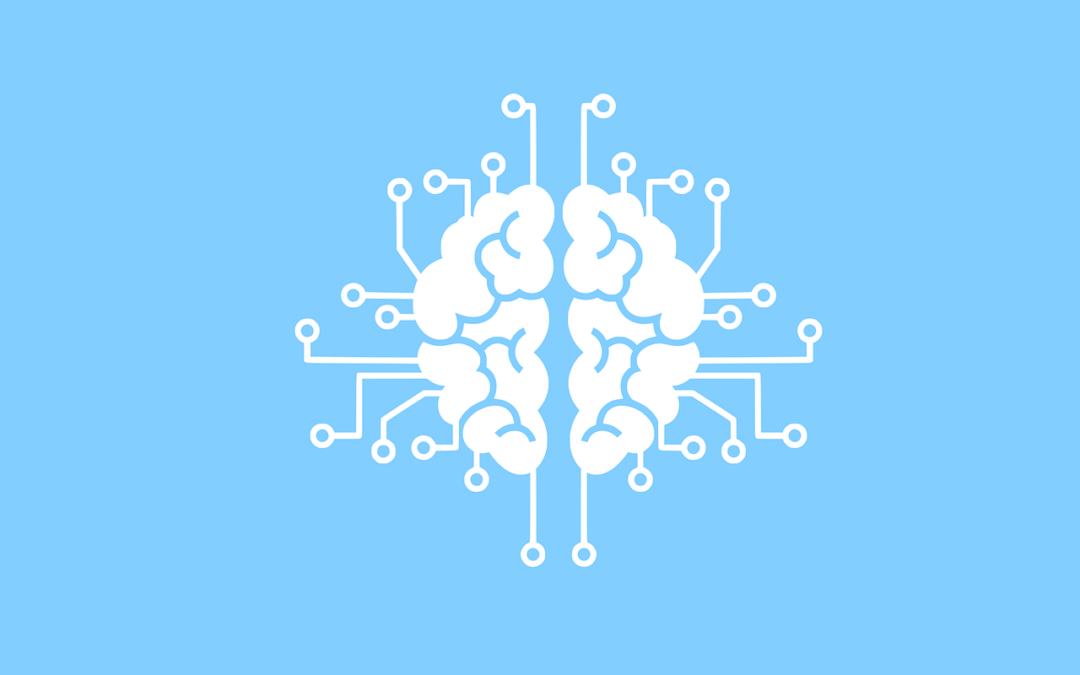Introduction:
The retail industry has always been one of the most challenging fields for companies to operate in. It is highly competitive, and it’s nearly impossible for retailers to know what each customer wants. However, artificial intelligence (AI) has changed the game for many businesses across the globe. Using AI can help retailers make smarter decisions about their products, their supply chain operations, and their marketing strategies.
Algorithms for sales forecasting
The retail industry is one of the most data-driven industries, but it also has a lot of challenges. One issue is forecasting sales, which involves predicting future demand and supply.AI can help with sales forecasting by using machine learning to analyze data from past years and make predictions about what future demand will be. This can help companies plan for things like inventory levels, staffing needs and distribution networks in advance so that they can have enough products on hand when consumers want them. Another benefit of AI in sales forecasting is that it helps companies improve their ability to predict consumer behavior based on previous purchases or other behaviors (like browsing). With this information at their fingertips, businesses can use it to develop more effective marketing strategies that target specific customer groups at different times during the year; this helps them get more bang for their buck on advertising costs since there are less wasted ad impressions when people aren’t interested in what’s being advertised at any given time of year!
Algorithms for recommendation engines
The most common use of recommendation engines is for recommendations on products or services. The algorithm can be used to predict what other products the customer may like based on their current purchases and other information, such as past purchases from similar customers, demographic data and browsing behavior. This allows the retailer to tailor their sales pitches by providing personalized recommendations that are likely to increase sales. A recommendation engine can also be used for cross-selling items based on a customer’s previous purchases; if they bought one product, then you want them to buy another related product as well (e.g., if someone buys a pair of shoes with red laces, they may want a matching belt). If a customer has made several purchases in one category of goods such as electronics, clothing or sporting equipment then they may also appreciate receiving suggestions for related categories such as music speakers or exercise bikes so that they can explore those areas too!
Price optimization algorithms
Price optimization algorithms are automated tools that help retailers maximize profit. These algorithms can be used in a number of ways to determine the most optimal price for products. For example, they can be configured to optimize prices in real time, which means changing them regularly depending on factors like competitor pricing and customer demand. They can also be used across multiple channels (such as online versus brick-and-mortar), or across multiple products within a single category or brand
Customer Segmentation Algorithms
Customer segmentation algorithms are used to identify groups of customers with similar characteristics, such as their gender, age, income level or region. These algorithms can be used to create targeted marketing campaigns and reach out to customers at the right time with a relevant message. There are many different types of customer segmentation algorithms. One type is called Clustering Algorithms, which group together customers who have similar patterns in their data points. Another type is Decision Trees (or Classification Trees), which creates a tree-like structure that describes the relationship between various variables and predicts whether an individual belongs to one cluster or another based on his/her answers.
Personalization algorithms
Personalization algorithms can be used to personalize the shopping experience for customers. Personalization, in general, is a key driver of customer satisfaction and loyalty. In order to get the most out of your business and win over new clients, implementing some form of personalization should be high on your list of priorities.
Here are five types of personalization that you can use to improve your customer’s experience:
- Recommendations based on previous purchases (eBay)
- Personalized search results (Google)
- Tailored ad delivery (Facebook)
Using AI in the retail industry can be a gamechanger.
The retail industry is one of the most competitive industries in the world. With so many competitors and price wars, it’s difficult to stand out from the pack. But using AI can help you do just that.AI is being used across every aspect of retail: customer experience, sales, marketing, supply chain management, and operational efficiency. Let’s take a look at how each type of AI is changing how retailers operate. Customer Experience: AI is being used to create more engaging and personalized experiences for customers. For example, Amazon uses an algorithm that recommends products based on what you’ve previously purchased and rated highly. This helps you find new items that are relevant to you without having to search through pages of unrelated products.
Conclusion
This article is a great starting point for any retailer who wants to use AI in their business. You will find out the most common algorithms used by retailers today and how they can benefit your company. By implementing these algorithms into your system, you will be able to improve your sales forecasting, recommendation engines and price optimization while keeping customers happy with personalized shopping experiences.


Recent Comments